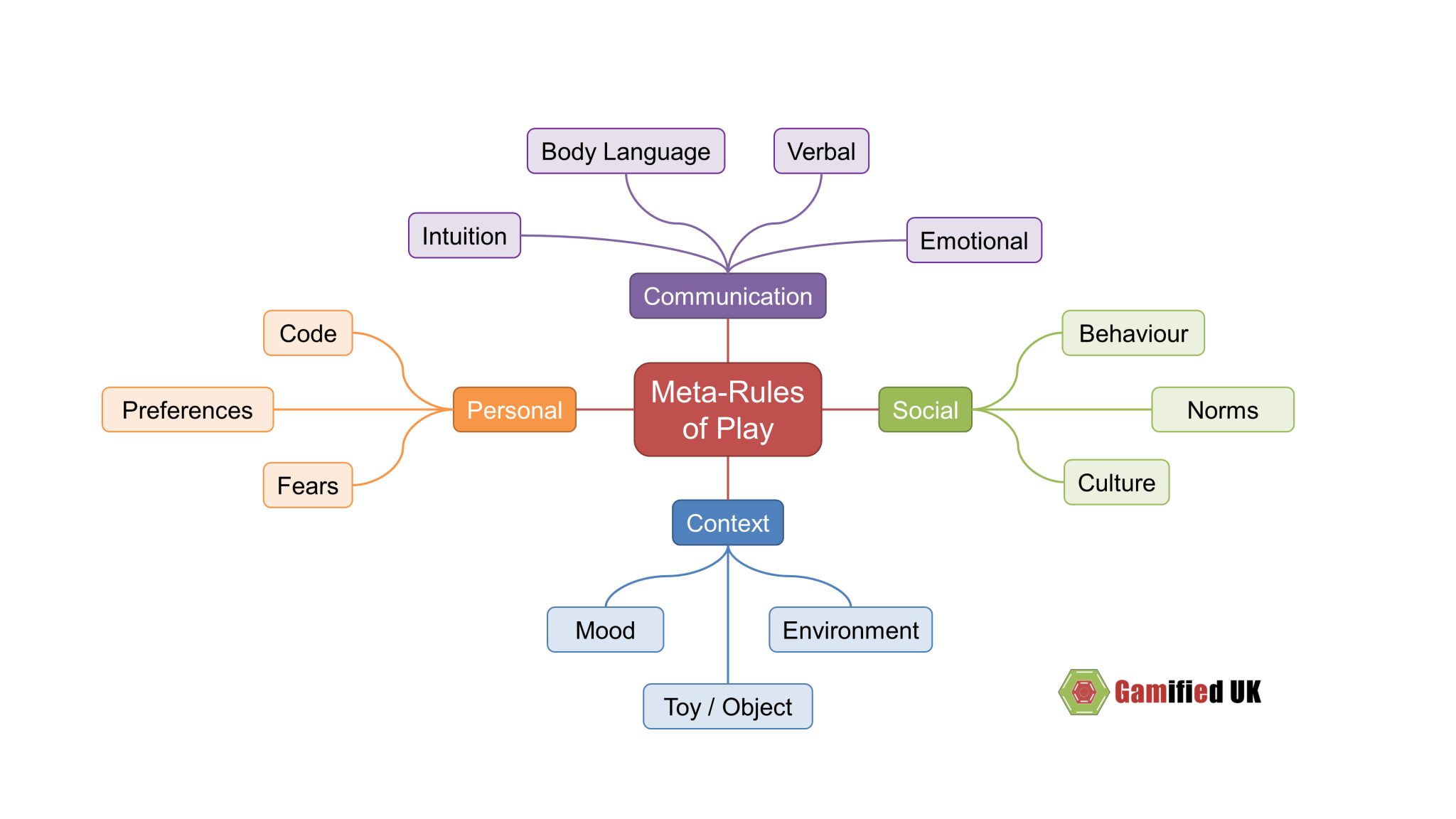One of the privileges I have as a gamification “expert”, is to look at many different solutions This includes getting to look at and review serious games from time to time.
Over the last couple of years, i have come up with an unwritten list of things I look for in serious games to judge if I think they are good. Remember, this is just my opinion!
- Is it a game?
- This may seem obvious, but often people do nothing more than stick a “game-like” animation on a simple test / exam and call it a game. A game needs rules, mastery, progress, an element of play or playfulness and more.
- Does it add anything to the experience?
- Sometimes I see serious games that are actually pretty good, but sadly make the whole learning experience laborious. In an enterprise setting, where time is precious, playing a game to learn something that could just have effectively been learned with more traditional methods is just no use.
- The other side note for this is, does the game patronise the users? Many don’t consider who their target audience is and create an experience that children may find fun and interesting, but adults will just find plain insulting!
- Does it align with the learning outcomes?
- I recently played a serious learning game that baffled me. The games were good and the learning was well crafted – but the two just didn’t mix. The games had nothing to do with actual learning, they were just there to unlock new learning materials – which made the process of learning tedious rather than enjoyable!
- Would I play the game if I was not being made to?
- Most serious games are an attempt to make something that is not so engaging, more palatable. In an enterprise setting, most learning is mandatory. If this training could be made more interactive, enjoyable and relevant then awesome. The thing is, you have a captive audience. A good serious game, should be a game that has been built with non-leisure intentions. That does not mean it should be a poor game. One that I played recently was so good, I was sad that I only had the demo. The learning materials were top notch, and the game gave you the chance to put what you had learned into practice, thus reinforcing the lessons. I would have happily played the game just for fun!
Basically, is it a game that fits with the learning objectives, is engaging and possibly fun, helps to reinforce the lessons and is aimed at the relevant audience! Read More ...





